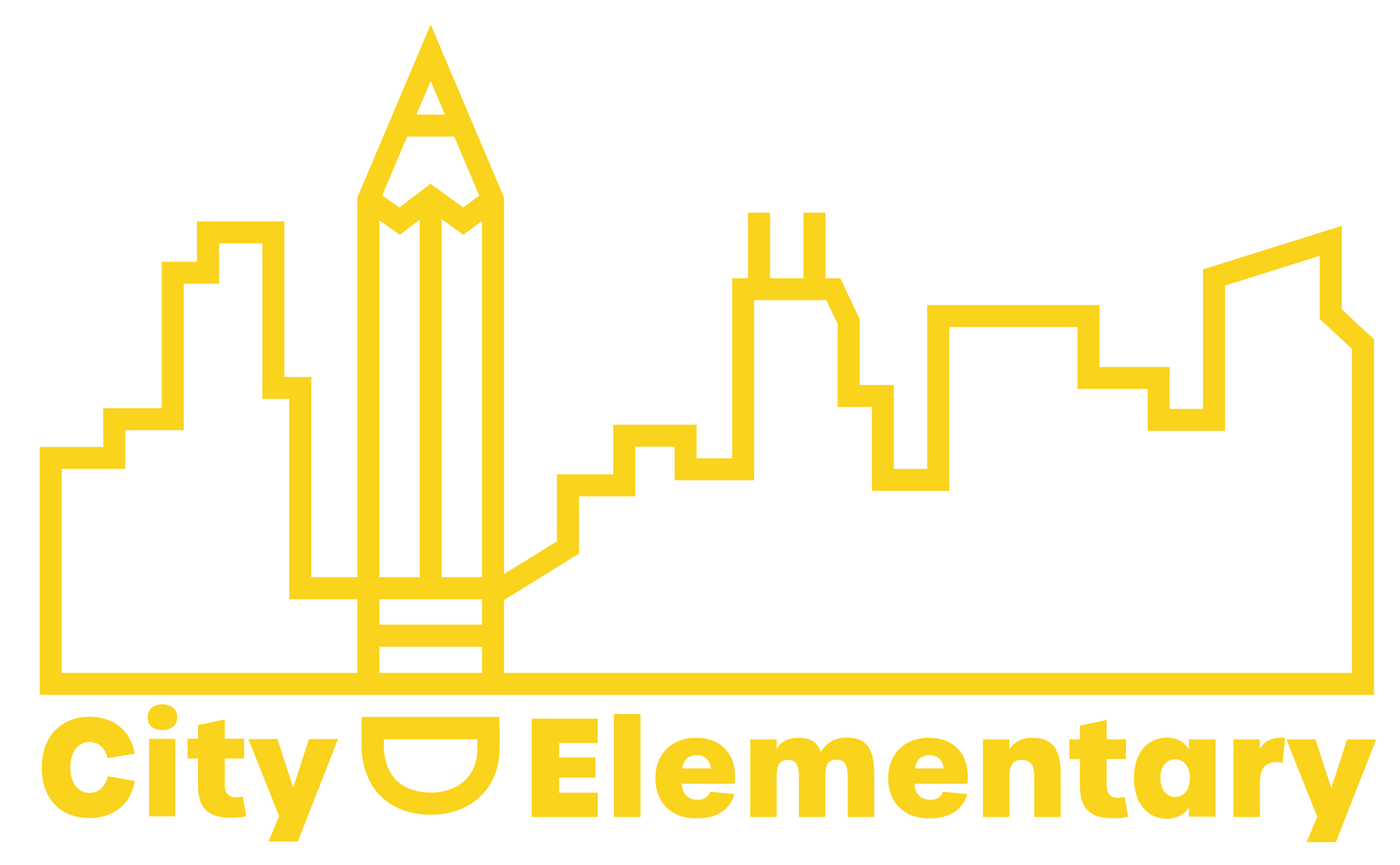It’s back to school season and both parents and teachers are faced with the exciting challenge of making sure their neuro-diverse learners have the most memorable academic year. Every neuro-diverse learner has unique needs, so it’s important that learning and any form of support are tailored to this.
As a parent or teacher, you must prioritize creating a supportive learning environment that helps them feel comfortable enough to express themselves and take risks in the classroom. Let’s take a deep dive into some strategies for building a safe space for learners on the spectrum.
Understanding Neurodiversity in the Classroom
What is Neurodiversity?
Neurodiversity embraces the differences in our brain function as humans, It includes ADHD, ASD, and dyslexia among other disorders. As a parent or teacher of learners on the spectrum, you must view these differences as strengths to foster an environment that helps them grow into their authentic selves.
Learners on the spectrum can process the world differently, so here are some things to pay attention to, so you can provide peak support;
- Social interaction
- Reading, writing, and mathematics
- Focus and attention
- Sensory processing
- Time Management and Organization
Here are some strategies you can use to support neuro-diverse learners.
Supporting Neurodiverse Learners for the New School Year
Create a Structured Daily Routine
Creating structured daily routines for neuro-diverse students eases their anxiety and prepares them for the activities ahead. Learners on the spectrum thrive when they can predict what comes next. Uncertainty keeps them on the edge and builds anxiousness. A structured routine can include:
- Breaks at specific times
- Creating a visual schedule they can see and track
- Regular brain breaks in between learning periods.
- Creating quiet spaces
Use Visual Support
There are many visual aids for neurodiverse students in the classroom you can utilize to help facilitate learning. Visual support can help your students stay organized and increase their focus, helping them grasp knowledge better. Use color codes, provide step-by-step instructions for tasks, and use clear pictures.
Sensory Tools and Regular Breaks
Sensory tools for kids with ADHD and autism are helpful because sensory processing is often overwhelming for learners on the spectrum. Have noise-cancelling headphones, fidget toys, and weighted blankets that they can easily use.
In addition, regular breaks also help these kids to self-regulate and maintain focus all day. Offer them access to a quiet space where they can rest and rejuvenate when they get overstimulated. These little things, make a world of difference.
Break Down Tasks
Breaking down tasks into smaller bits makes it more manageable, and less overwhelming. Differentiated instruction is recommended for neuro-diverse learners to ensure that their unique needs are catered to.
Here’s how you can make a difference;
- Allow for different ways of expression: creative projects, drawings, or oral presentations.
- Give enough time for class work, texts, and assignments.
In summary
Providing support for neuro-diverse learners as they get back to school makes a difference in their individual and collective experiences. It requires you to have patience, and be flexible and understanding so you can empower them to be confident regardless of their differences.
Whether you’re a teacher with an active classroom of neurodiverse learners or a parent with autistic and ADHD children, these tips can help you provide the support they need to do great in school.

